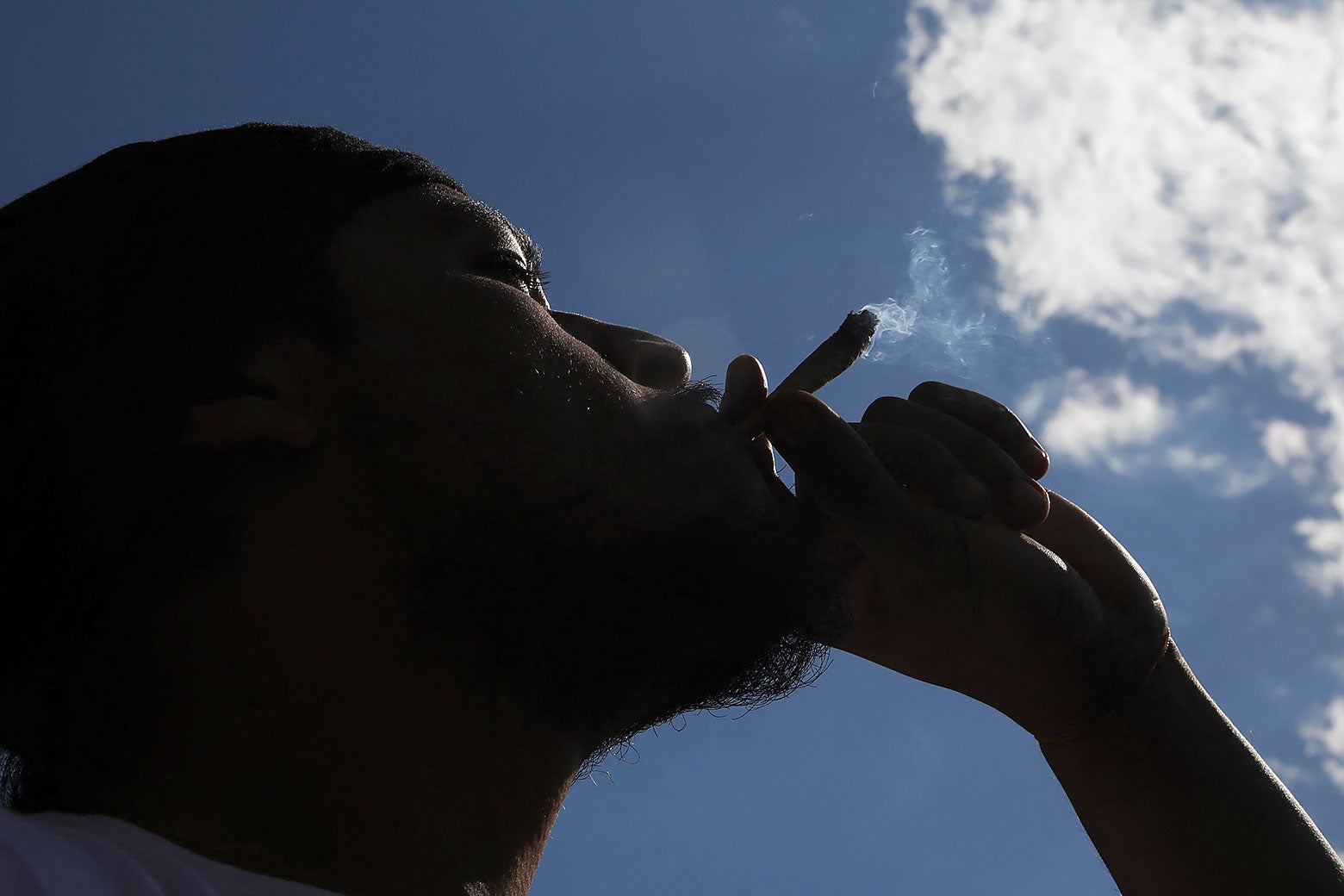The Hidden Dangers of Potency: Why THC Levels Aren’t the Only Concern
As legal cannabis markets expand, products with sky-high THC concentrations dominate shelves—but experts warn that potency alone doesn’t tell the full story. Researchers and healthcare professionals are urging consumers to consider the broader health implications of modern marijuana, from mental health risks to unpredictable side effects. Here’s what science reveals about today’s stronger weed and why smarter consumption matters now more than ever.
The THC Arms Race: How Potency Has Changed
Over the past three decades, average THC levels in cannabis have surged from 4% in the 1990s to over 15% for flower and 60-90% for concentrates like wax and shatter. A 2021 University of Bath study found THC concentrations rose by 56% worldwide between 1970 and 2017. This escalation stems from advanced cultivation techniques and consumer demand for intense highs.
However, Dr. Nora Volkow, director of the National Institute on Drug Abuse, cautions: “High THC products are associated with increased risks of psychosis, addiction, and cognitive impairment, particularly in adolescents. Potency isn’t a badge of honor—it’s a dosing challenge.”
Beyond THC: The Entourage Effect and Missing Compounds
Modern breeding practices prioritize THC over other cannabinoids like CBD, which may counteract some negative effects of THC. A 2019 Frontiers in Psychiatry study noted that high-THC/low-CBD strains correlate with greater memory impairment and anxiety than balanced varieties.
- Cannabinoid ratios matter: 1:1 THC:CBD strains show 30% fewer adverse effects in clinical trials
- Terpenes play a role: Myrcene and limonene may modulate THC’s psychoactivity
- Extraction methods alter effects: Solvent-based concentrates remove beneficial plant compounds
Mental Health Implications of High-Potency Use
Regular use of high-THC cannabis doubles the risk of psychotic disorders according to a 2023 meta-analysis in The Lancet Psychiatry. Daily users of concentrates face 4.8 times higher odds of developing cannabis use disorder versus flower users (University of Michigan, 2022).
Psychiatrist Dr. Kevin Hill explains: “We’re seeing more patients in the ER with panic attacks and dissociative episodes from accidental overconsumption. A vape pen hit today can deliver what an entire joint did 20 years ago.”
Regulatory Gaps and Consumer Education
While Canada and some U.S. states impose THC caps (typically 30-35% for flower), most markets lack potency regulations. Testing inconsistencies also plague the industry—a 2022 study found 70% of California dispensary labels overstated THC content by ≥15%.
Key consumer protection issues include:
- No standardized dosing guidelines
- Inadequate warning labels about mental health risks
- Minimal research on long-term effects of concentrates
Safer Consumption Strategies
Experts recommend harm reduction approaches:
- Start low, go slow: Try 2-5mg THC doses and wait 90 minutes
- Seek balanced products: Look for CBD content ≥50% of THC levels
- Track your use: Maintain a consumption journal to identify patterns
- Consider delivery methods: Edibles cause fewer lung risks but require careful dosing
The Future of Cannabis: Quality Over Potency?
As research catches up with market trends, some producers are shifting focus from maximum THC to optimized experiences. Emerging “craft cannabis” movements emphasize full-spectrum extracts and strain-specific effects. Meanwhile, clinical trials are exploring THC-variant drugs that may offer therapeutic benefits without intense highs.
For now, consumers face the responsibility of navigating an unstandardized market. Before chasing the strongest high, consider whether your cannabis use aligns with your health goals—and remember that in many cases, less really is more.
See more WebMD Network



